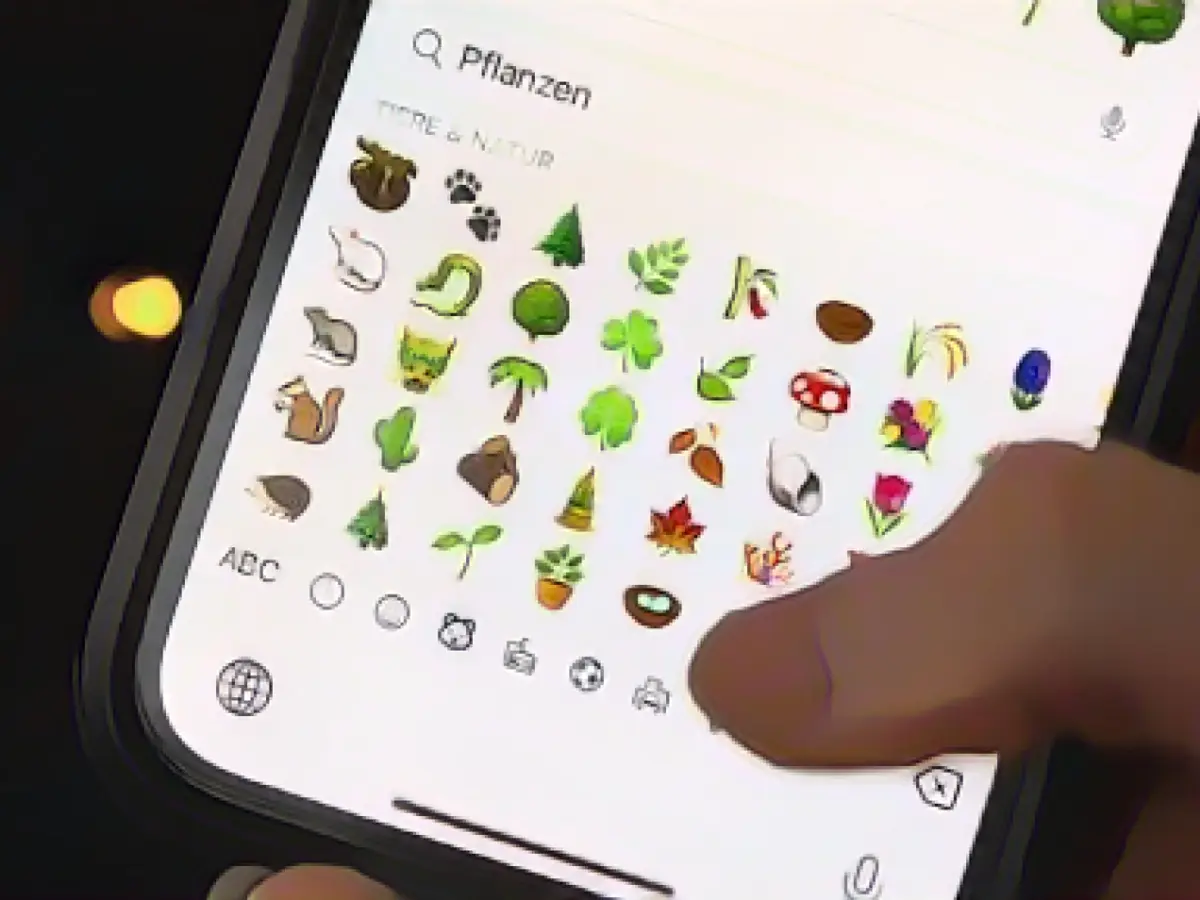Emojis: Boosting Biodiversity Representation Needed
Phones today are home to a plethora of digital images known as emojis, from pandas to octopuses, representing a wide array of creatures. However, researchers have raised concerns over their limited representation of biodiversity. According to an Italian study published in "iScience," although various animals are well-represented, plants, fungi, and microorganisms are severely underrepresented. Even among animals, some groups are under-acknowledged or simplified, with a particular lack of arthropods such as insects, crustaceans, and arachnids.
Promoting nature conservation through emojis
Protecting diverse species is vital, and emojis offer an untapped opportunity to nudge people towards appreciating the importance of biodiversity. According to the researchers of the study, led by Gentile Francesco Ficetola from the University of Milan, emojis' impact in our digitized world should not be underestimated.
Examining Emojipedia, an online emoji reference, the researchers discovered that animals are relatively well-represented, but plants, fungi, and microorganisms are highly overlooked. Even within the animal kingdom, some groups are less depicted or simplified, such as ants, fish, and crocodiles. The current emoji selection reflects our biases and species awareness, where frequently searched animals and plants are more likely to be incorporated.
Emoji diversity evolution
To their satisfaction, the researchers found a recent change in emoji diversity. Over the past seven years, the variety of animal emojis has increased significantly, from 45 in 2015 to 92 in 2022. This improvement would be ideal for creating more inclusive and equitable emoji sets that showcase the beauty and importance of various ecosystems.
Additional Insights
Enhancing emoji diversity calls for a range of strategies. Developing comprehensive sets designed to include an array of plant, fungal, and microbial species is a crucial first step. Collaborating with scientists, conservationists, and designers can result in emojis that accurately and relevantly represent species. Promoting conservation efforts through interactive tools like apps, websites, or educational campaigns can also draw attention to underserved groups. Engaging with local communities and gamifying learning can boost involvement, awareness, and understanding of diverse species.
By continuously updating emoji sets to reflect advancements in science, we can ensure that they remain relevant and accurate, empowering emojis as a vital tool to improve understanding and appreciation of our planet's biodiversity.








